Lecture 6 Energy Demand
Gang He
October 15, 2024
Sample analytic questions
- What will be the load in the NYISO service area in 2030?
- How EV will change the load?
- What drives energy demand growth?
- How climate change affects energy demand?
- How to make reasonal assumptions about appliances stock turn over?
Germany energy demand
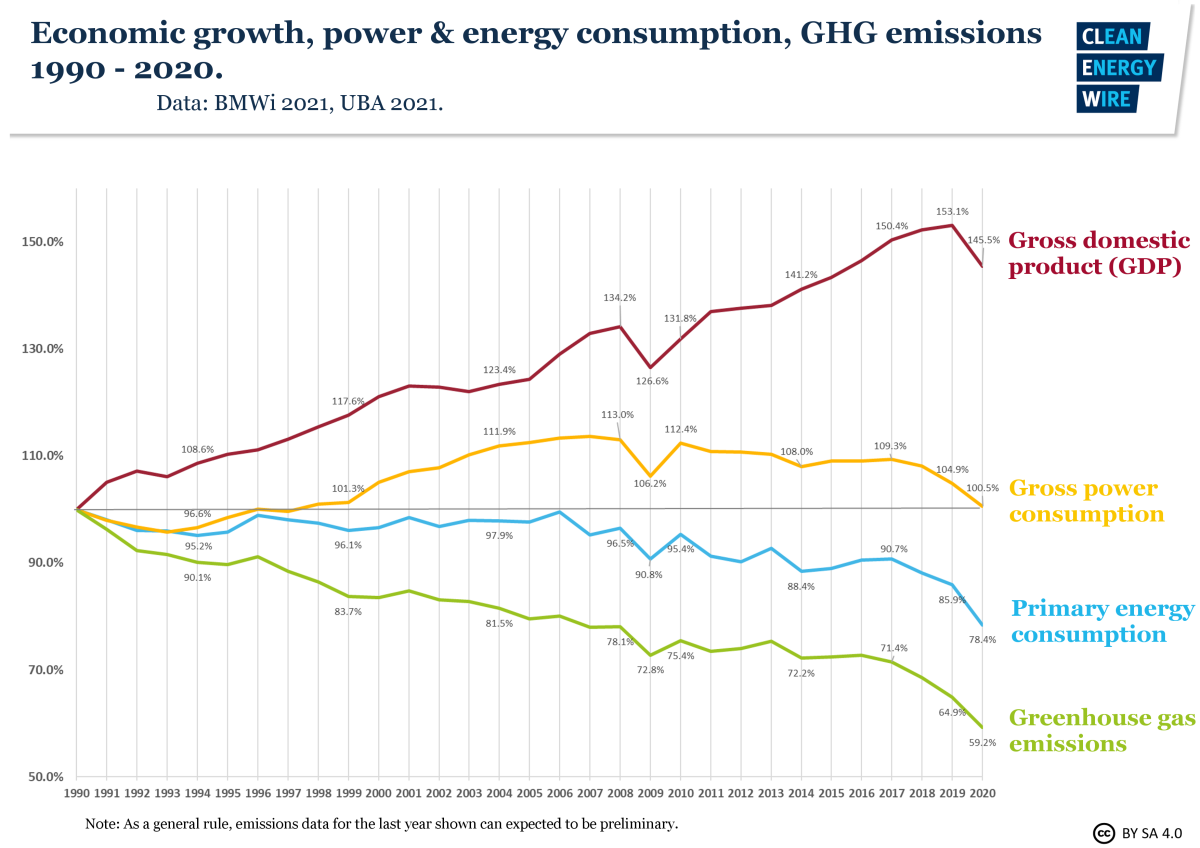
Read more: Clean Energy Wire
Decouping GDP and emissions
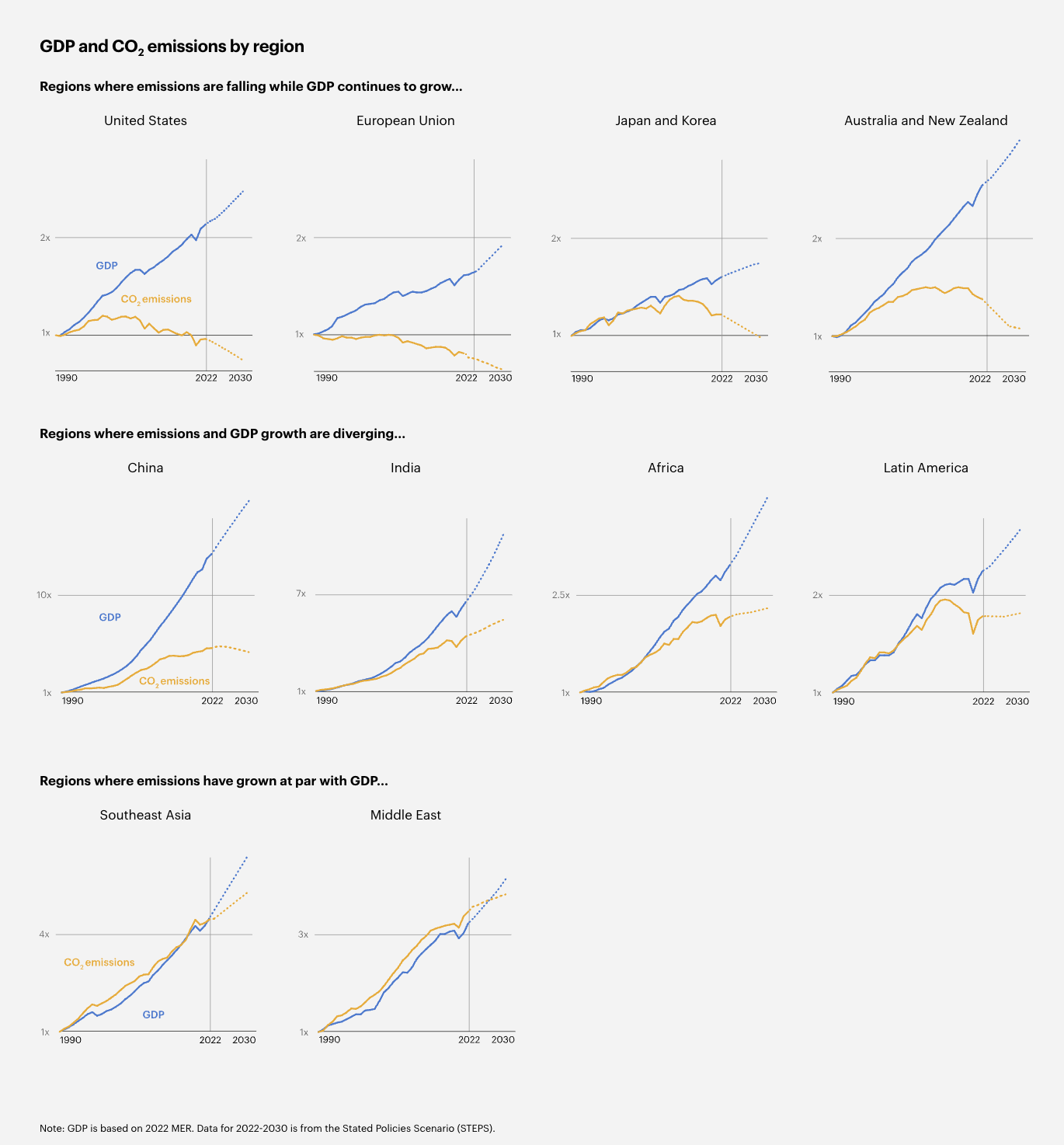
Read more: IEA
Top-down vs bottom-up
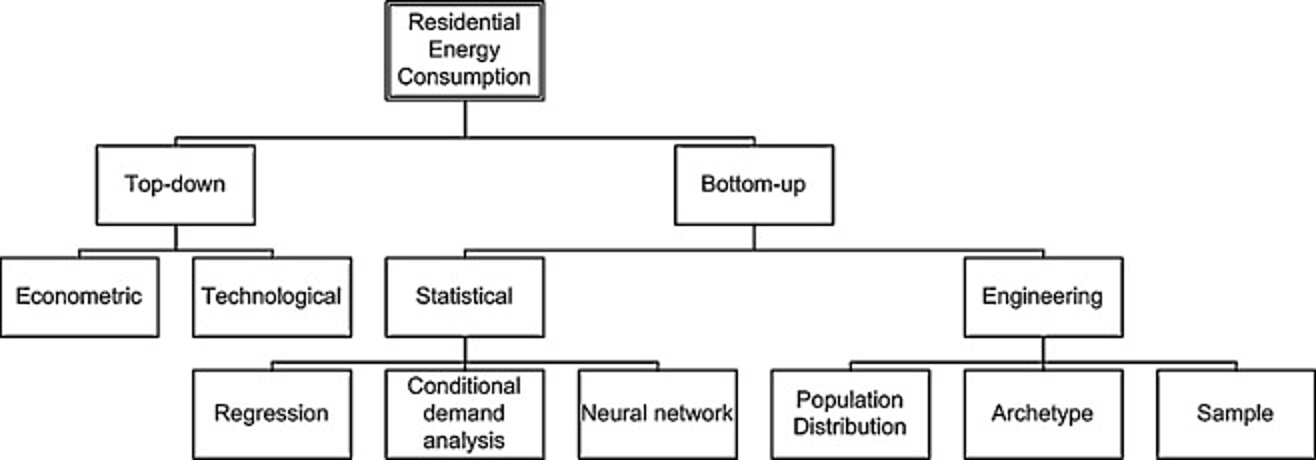
Source: Swan and Ugursal (2009)
IPAT
\(I=P\times A\times T\)
Where,
\(I\) = Impact
\(P\) = Population
\(A\) = Aflluence
\(T\) = Technology
Read more: Ehrlich and Holdren (1971), John Holdren A brief history of “IPAT”
Population
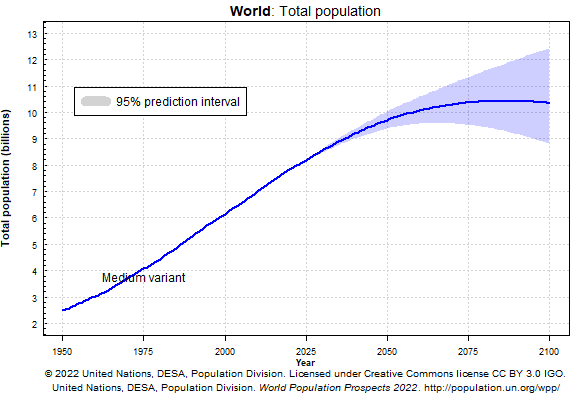
Source: UN World Population Prospects
Economy (GDP)

Read more: Lin, He, and Yuan (2016)
Energy intensity

Source: Our World in Data
Electrification
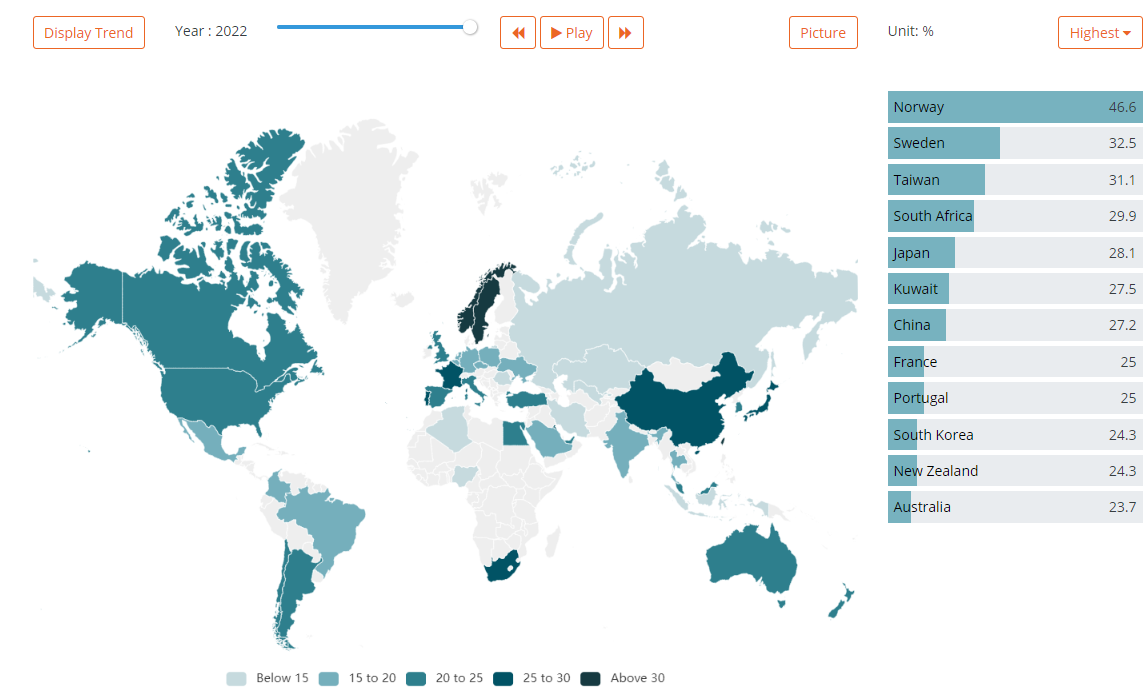
Source: EnerData
EV and load
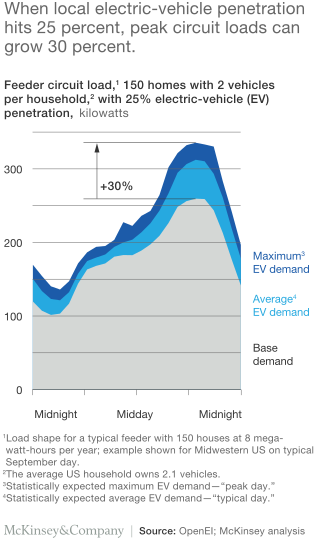
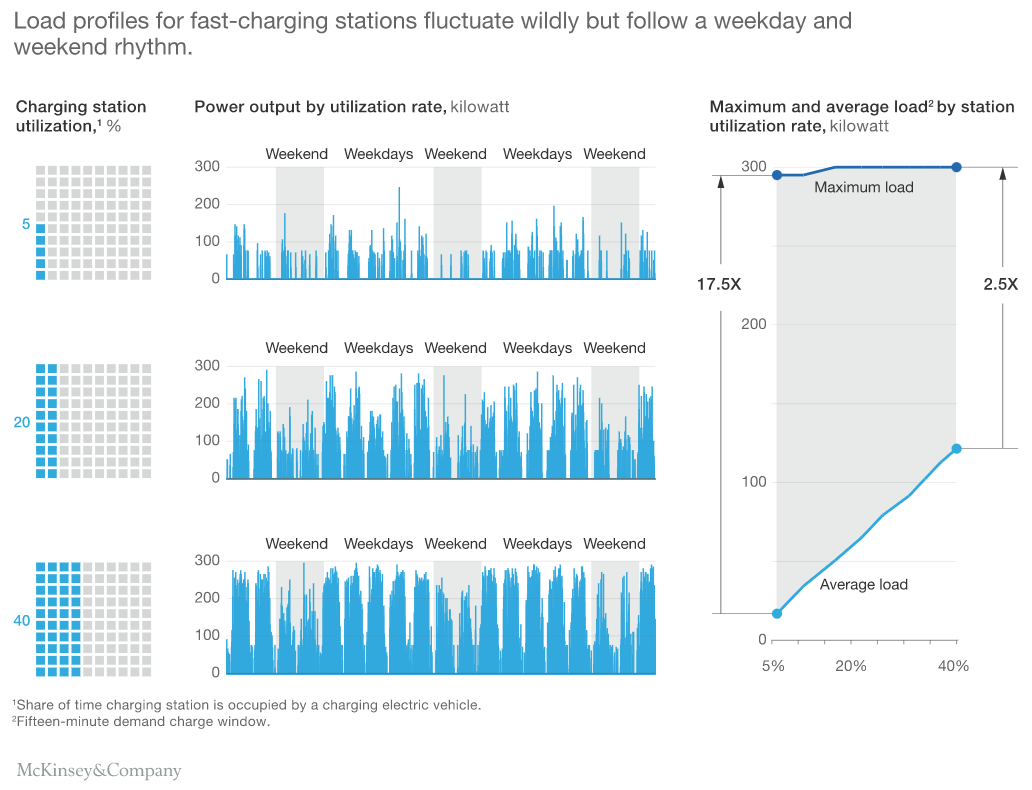
Source: McKinsey
Energy efficiency - “First Fuel”
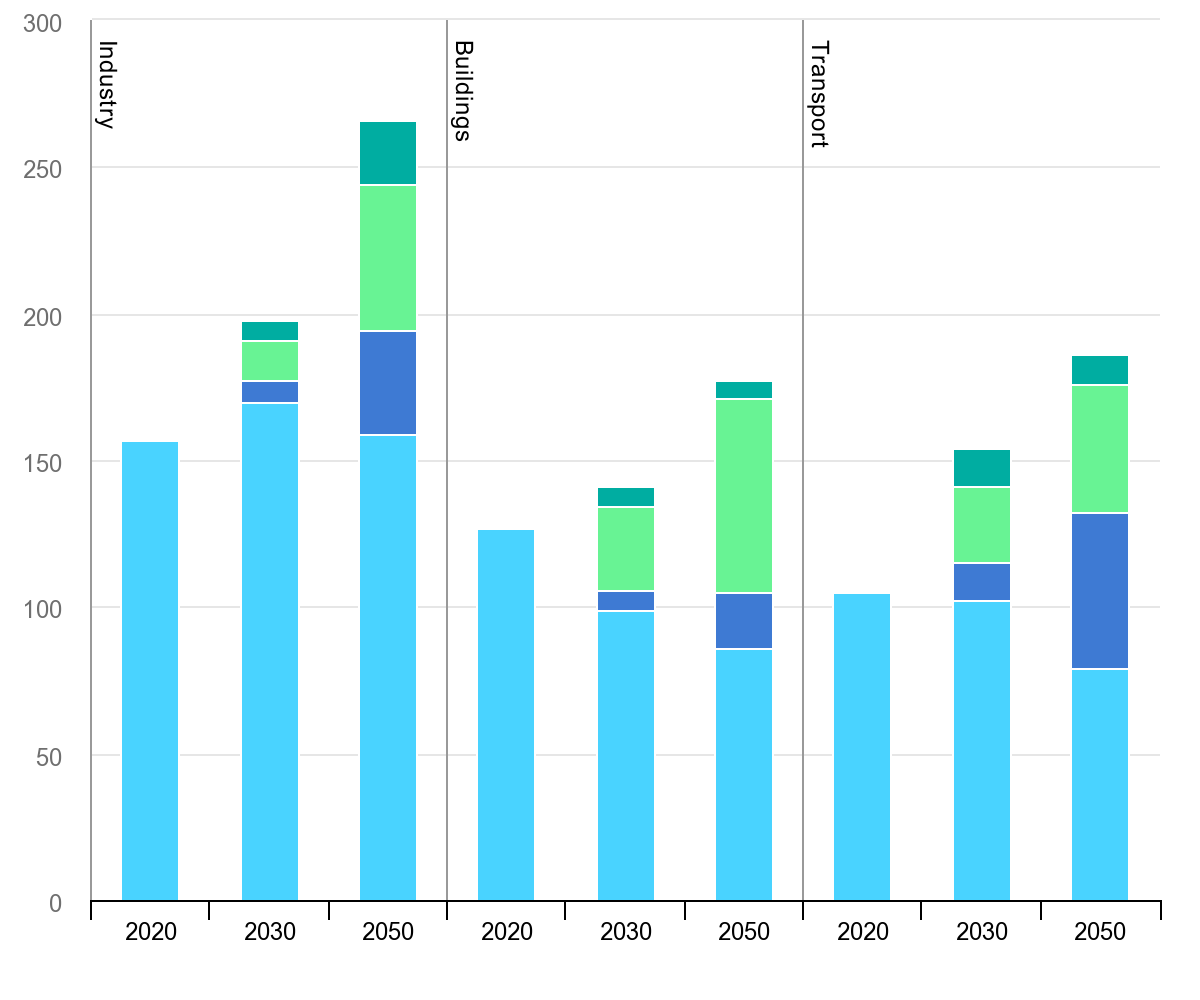

Adoption curve
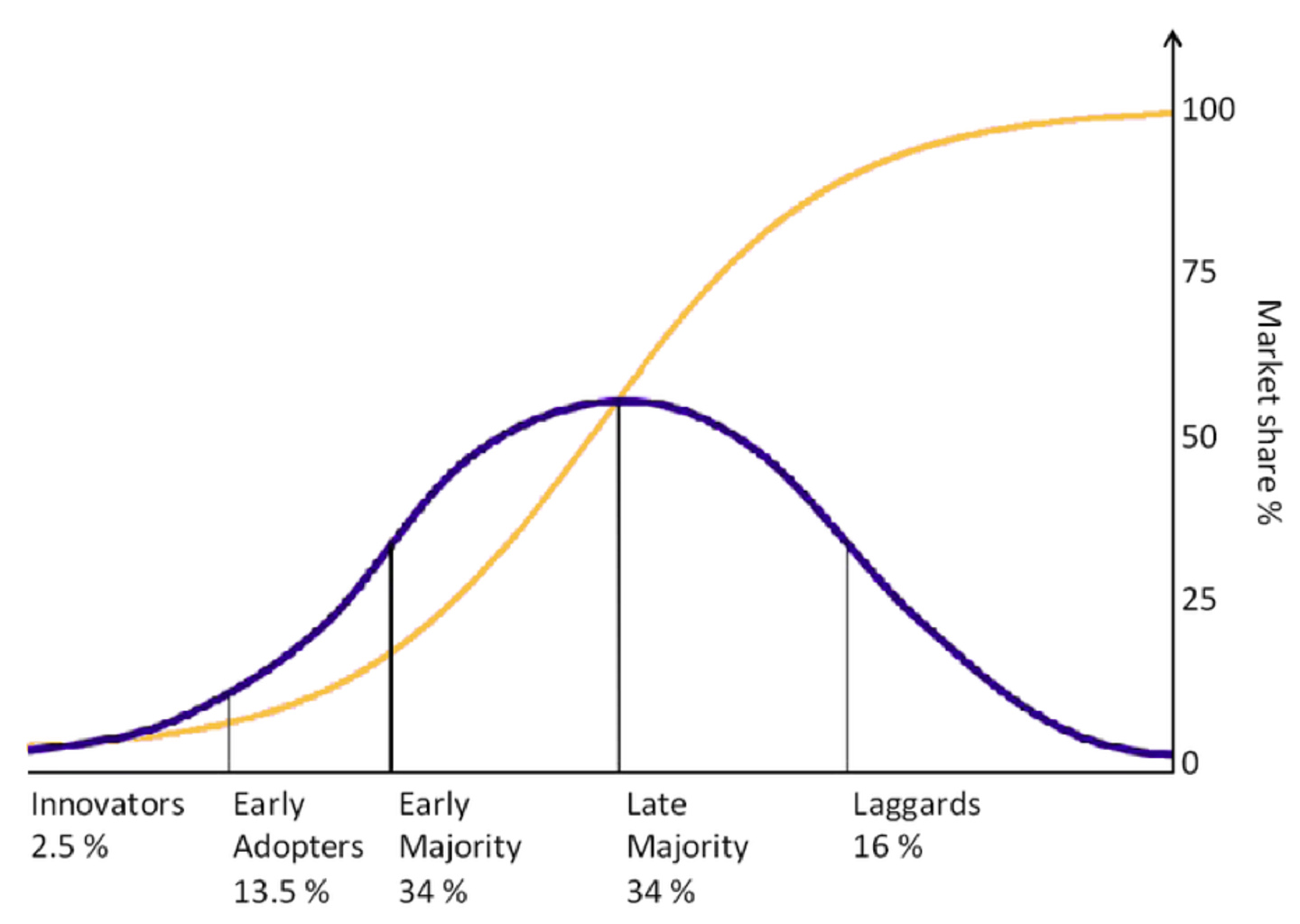
Read more: Diffusion of innovations
Rebound
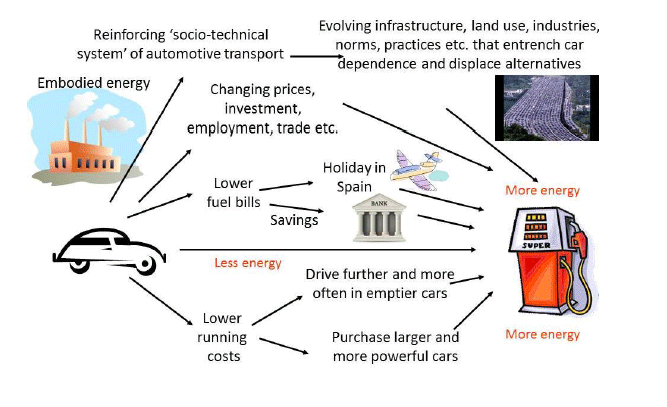
Read more: CarbonBrief, Borenstein (2015), Brockway et al. (2021)
Limit to growth, degrowth, green growth
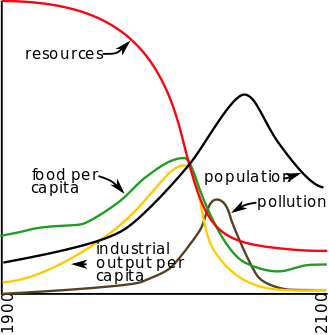
Read more: Meadows et al. (2018), 50-year argument
Decent living
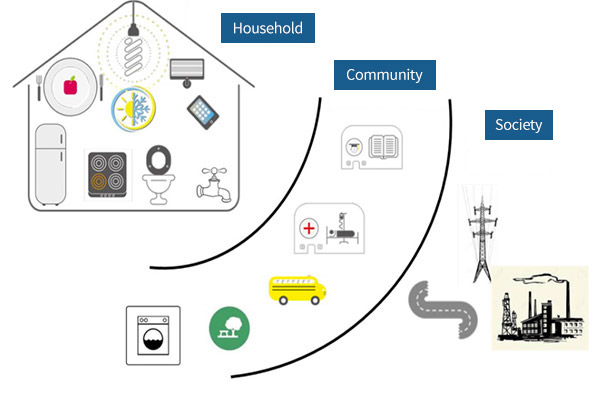
Read more: Rao and Min (2018)
Human behavior - demand response
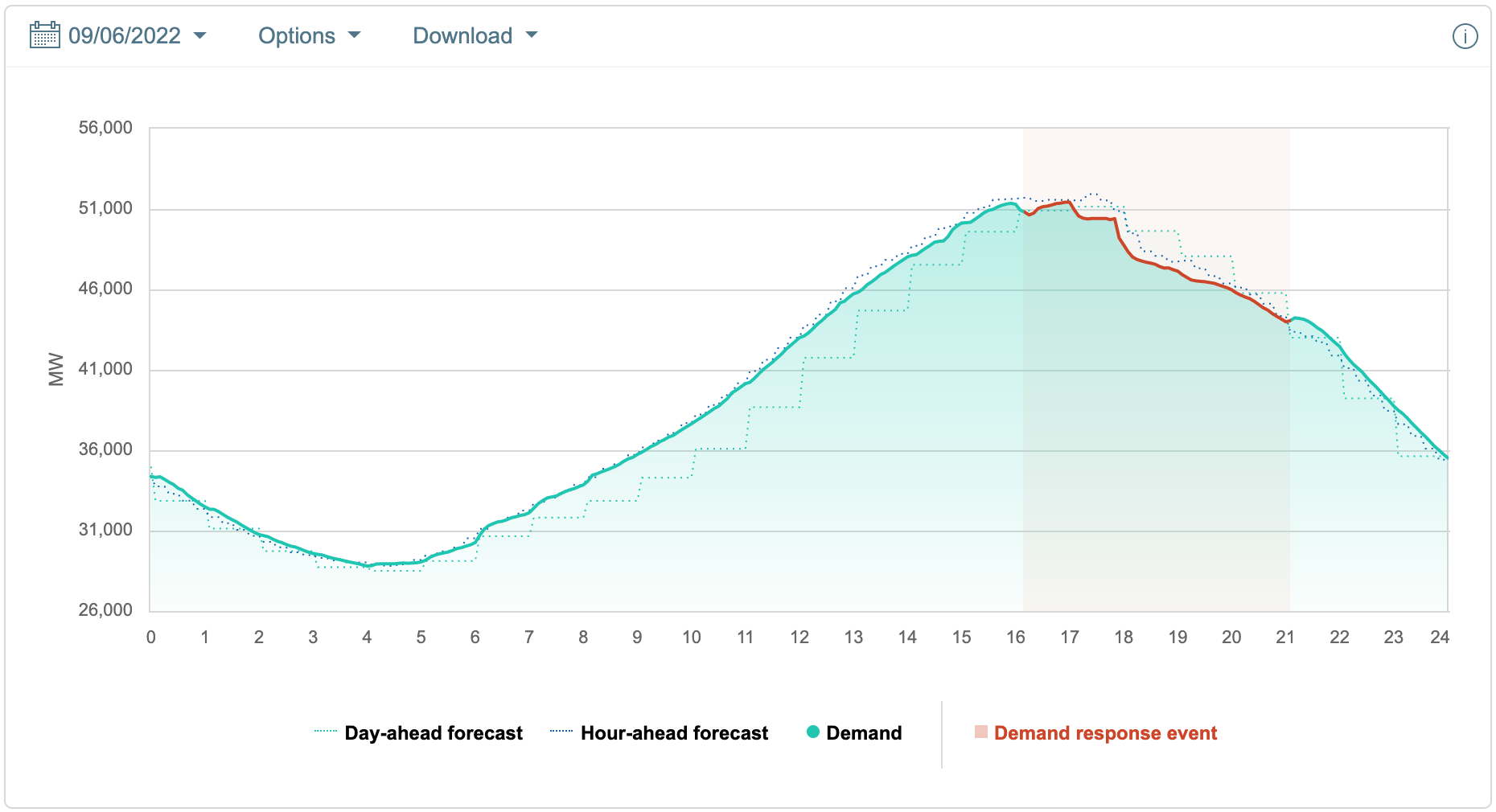
Source: CAIOS
Energy savings across behavioural interventions implemented in the United States
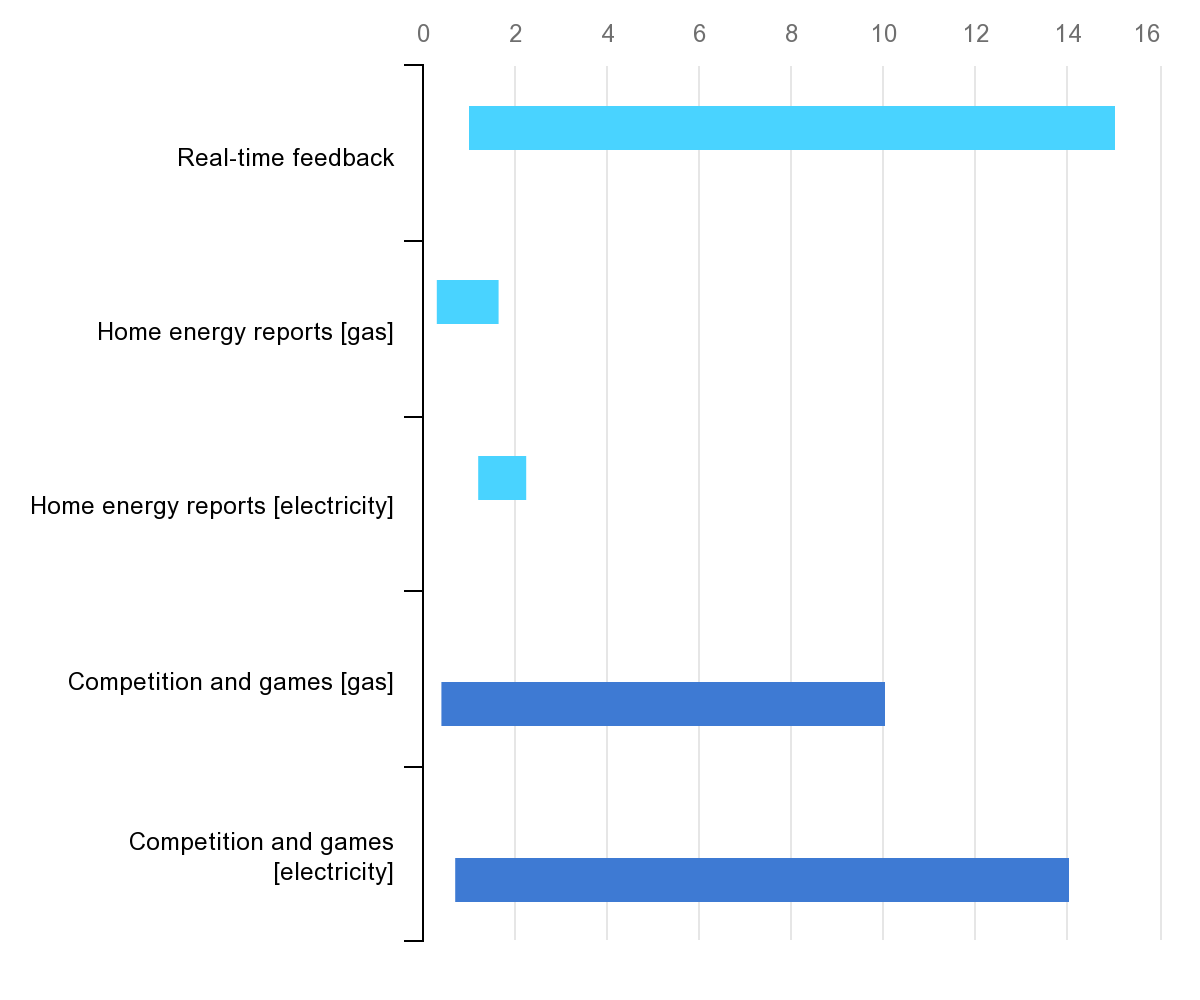
High evaluation quality (light blue); Medium evaluation quality (dark blue). Read more: IEA
Load forecasting
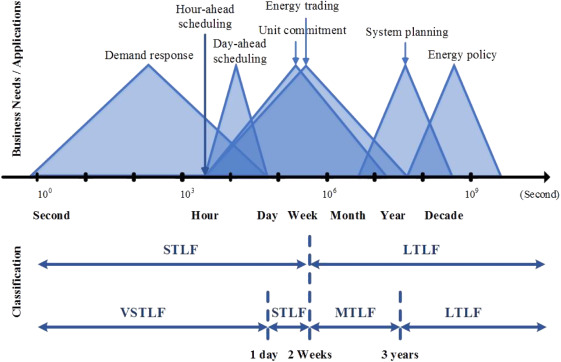
Source: Hong and Fan (2016)
Load forecast

Read more: PJM, ISO New England
Summary
- Energy demand is shaped by dynamic factors: populations, GDP, technology, regulation, and human behavior
- Understanding those drivers will help us learn the magnitude and profile of our demand
- Load forecast integrates all insights to the show
References
Borenstein, Severin. 2015. “A Microeconomic Framework for Evaluating Energy Efficiency Rebound and Some Implications.” The Energy Journal 36 (1). https://doi.org/10.5547/01956574.36.1.1.
Brockway, Paul E, Steve Sorrell, Gregor Semieniuk, Matthew Kuperus Heun, and Victor Court. 2021. “Energy Efficiency and Economy-Wide Rebound Effects: A Review of the Evidence and Its Implications.” Renewable and Sustainable Energy Reviews 141: 110781. https://doi.org/10.1016/j.rser.2021.110781.
Ehrlich, Paul R, and John P Holdren. 1971. “Impact of Population Growth: Complacency Concerning This Component of Man’s Predicament Is Unjustified and Counterproductive.” Science 171 (3977): 1212–17. https://doi.org/10.1097/00006254-197111000-00014.
Hong, Tao, and Shu Fan. 2016. “Probabilistic Electric Load Forecasting: A Tutorial Review.” International Journal of Forecasting 32 (3): 914–38. https://doi.org/10.1016/j.ijforecast.2015.11.011.
IEA. 2021. “Net Zero by 2050.” International Energy Agency. https://www.iea.org/reports/net-zero-by-2050.
Lin, Jiang, Gang He, and Alexandria Yuan. 2016. “Economic Rebalancing and Electricity Demand in China.” The Electricity Journal 29 (3): 48–54. https://doi.org/10.1016/j.tej.2016.03.010.
Meadows, Donella H, Dennis L Meadows, Jørgen Randers, and William W Behrens. 2018. “The Limits to Growth.” In Green Planet Blues, 25–29. Routledge.
Rao, Narasimha D, and Jihoon Min. 2018. “Decent Living Standards: Material Prerequisites for Human Wellbeing.” Social Indicators Research 138 (1): 225–44. https://doi.org/10.1007/s11205-017-1650-0.
Swan, Lukas G., and V. Ismet Ugursal. 2009. “Modeling of End-Use Energy Consumption in the Residential Sector: A Review of Modeling Techniques.” Renewable and Sustainable Energy Reviews 13 (8): 1819–35. https://doi.org/https://doi.org/10.1016/j.rser.2008.09.033.